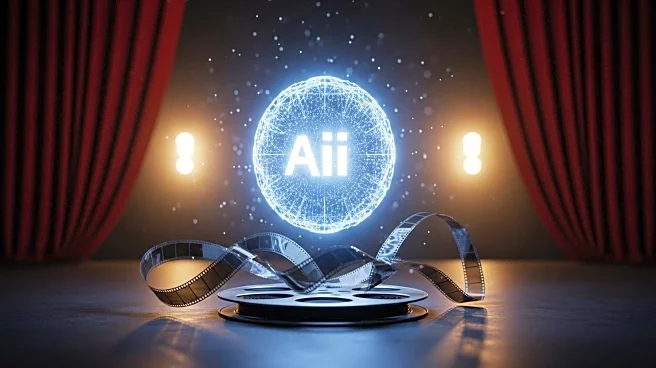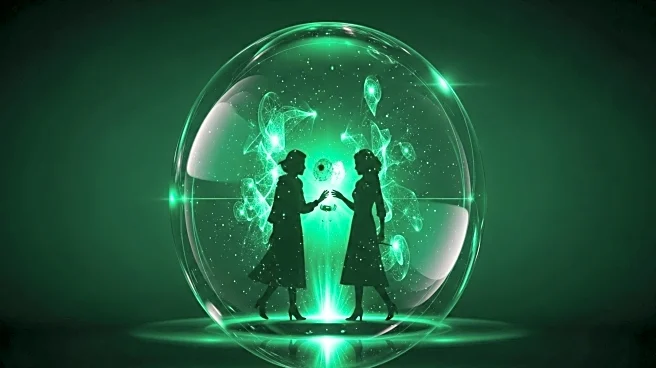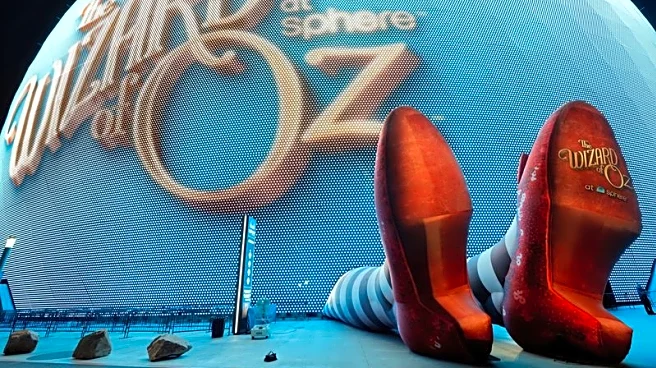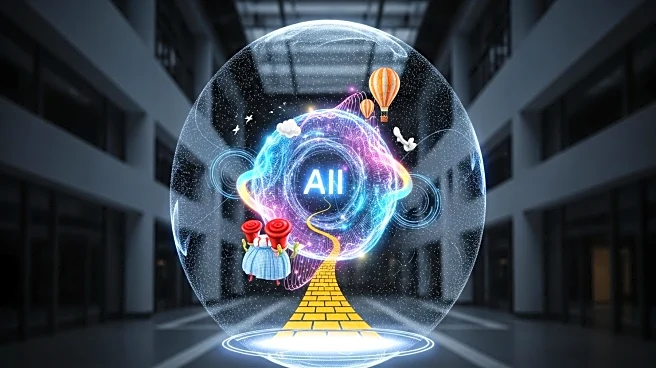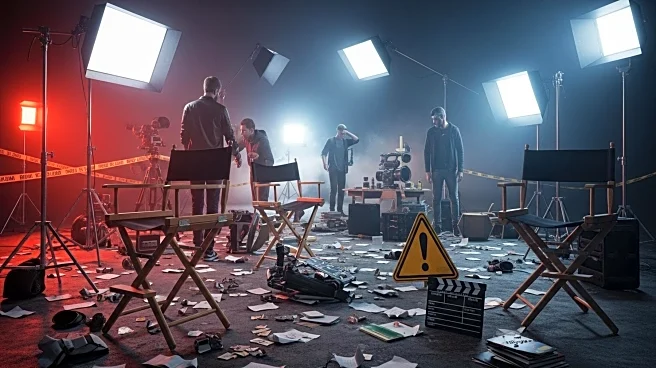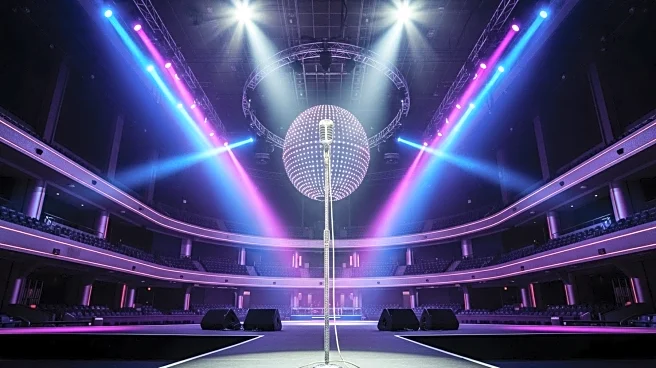What's Happening?
Sphere Entertainment Co. has digitally altered the classic film 'The Wizard of Oz' using AI technology for its screening at the Sphere in Las Vegas. The adaptation includes brief appearances of Sphere Entertainment Co. CEO James Dolan and Warner Bros. Discovery CEO David Zaslav, superimposed onto background characters. This AI-driven project aims to fit the film onto the Sphere's unique screen format, attracting tourists despite the controversy surrounding the use of AI. The project has reportedly exceeded its budget, nearing $100 million, and has sparked discussions about the implications of AI in film production.
Why It's Important?
The use of AI in altering a classic film like 'The Wizard of Oz' raises significant questions about the future of film production and the role of technology in creative industries. While the project aims to offer a novel viewing experience, it has also highlighted concerns about AI replacing human roles in the arts. The controversy may influence public perception of AI in entertainment, potentially affecting future projects and investments in similar technologies. Stakeholders in the film industry, including artists and producers, may need to navigate the balance between innovation and preserving traditional filmmaking methods.
What's Next?
As the Sphere continues its screening series, reactions from audiences and industry professionals will likely shape the discourse around AI's role in entertainment. The project's success or failure could impact future investments in AI-driven film adaptations. Additionally, discussions may arise regarding ethical considerations and the potential need for regulations governing AI use in creative fields. Sphere Entertainment Co. may face pressure to address these concerns and demonstrate the benefits of AI without undermining artistic integrity.
Beyond the Headlines
The integration of AI in film production could lead to broader cultural shifts, challenging traditional notions of authorship and creativity. As AI technology advances, it may redefine the boundaries of artistic expression, prompting debates about originality and the value of human input in art. This development could also influence educational approaches in film and media studies, encouraging new curricula that address the intersection of technology and creativity.
